$269.97 Original price was: $269.97.$95.99Current price is: $95.99.
SKU: D2LSC 9214808299 Categories: HOT SALE, TOPIARY PLANTS
- Free Shipping Worldwide
- Multiple payment options for secure shopping with SSL
- The best quality products, always.
- Multiple payment methods, safe and reliable

‘Ice Breaker’ Korean Fir (Single Trunk Topiary)
Abies koreana ‘Kohout’s Ice Breaker‘
Other Names: Kouhout’s Ice Break Korean Fir
Plant Details
USDA Plant Hardiness Zones: 4a-7b (East-Warm Climate) | 4a-8b (West – Cool Climate) Find Your Zone
Plant Type: Coniferous Evergreen
Height at Maturity: 3-4′
Width at Maturity: 3′
Spacing: Use as specimen or two to frame an entryway
Growth Habit / Form: Globose
Growth Rate: Slow, 2-3″ per year
Foliage Color: Grey-Green, Silver
Fragrant Foliage: Yes
Sun Needs: Full Sun or Part Shade
Water Needs: Average, low when established
Soil Type: Clay (amend heavy clay to ensure good drainage), Loam, Sand, Silt
Soil Drainage: Moist But Well Drained – does not tolerate standing water or constantly wet soil
Soil pH: 5.5 – 6.5
Maintenance / Care: Very Low
Attracts: Visual Attention
Resistances: Cold (-20F), Deer, Disease, Drought (when established), Insect
Description
With its icy colored foliage, the ‘Ice Breaker’ Korean Fir is literally one of the “coolest” plants on the planet! And this topiary tree version takes the coolness factor to another level. It sports eye-catching two-toned grey-green needles that curl around their stems exposing the silvery-white undersides of the needle. Growing slowly at a rate of around 2 to 3 inches per year, when all grown up Ice Breaker will form a 3 foot tall by 3 feet wide globe atop the single trunk. This spectacular Korean fir won the Award of Garden Merit by the Royal Horticulture Society and was elected as the American Conifer Society‘s 2014 Conifer of the Year.
This sport was discovered by Jorg Kohout of Elstra, Germany on an Abies koreana ‘Horstmann’s Silberlocke’.
Landscape & Garden Uses
The ‘Ice Breaker’ Korean Fir’ topiary tree is ideal for use as a focal point specimen in a small garden space or container. A fine accent in home foundation plantings, conifer gardens and rock gardens.
Suggested Spacing: Use as a focal point specimen plant or two to frame an entryway
Growing Preferences
The Ice Breaker Korean Fir is easy to grow in a damp to moist but well-drained soil of average fertility. As with so many other conifers, constantly soggy or wet soils can be problematic; leading to root rot or other harmful plant diseases. So make sure to plant this one in well-drained soil, whether in the ground or in pots. Once established, water needs are lower when growing in the ground. In pots, soil moisture will need to be monitored more closely, especially during summer. When the top two inches of soil is dry, provide water.
Note: Find helpful advice from our experts under the Planting & Care tab above on desktop monitors or below on mobile devices.
Plant Long & Prosper!
Meet The Wilson Brothers & Staff
Questions? Contact Us!
Be the first to review “Ice Breaker Korean Fir (Single Trunk Topiary) – 3 Gallon Pot” Cancel reply
Related products
New
FRUIT TREES & PLANTS
New
New
GROUNDCOVER PLANTS
Tahoe Candytuft – Iberis Sempervirens – 10 Count Flat Of Quart Pots
New
Clematis Vines
New
New
New
FRUIT TREES & PLANTS
New
GROUNDCOVER PLANTS

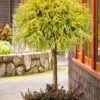
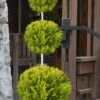

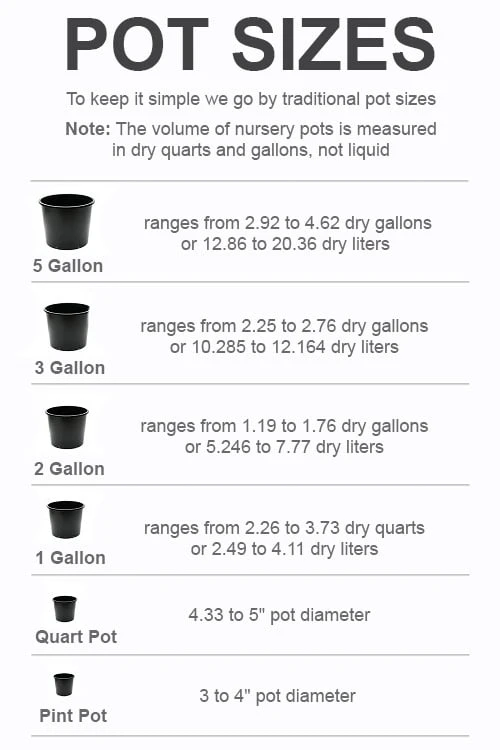








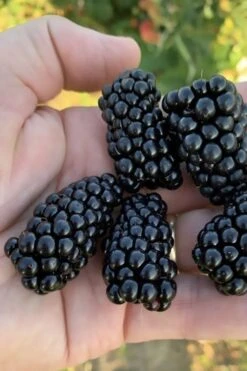
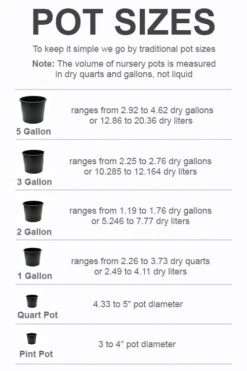
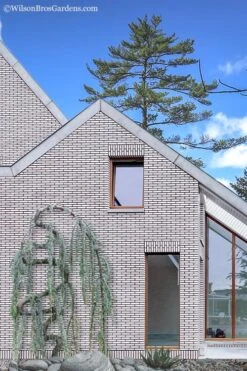



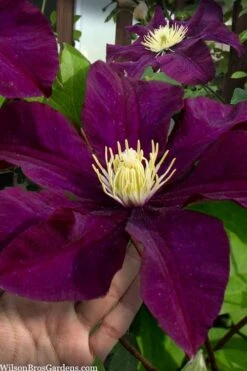
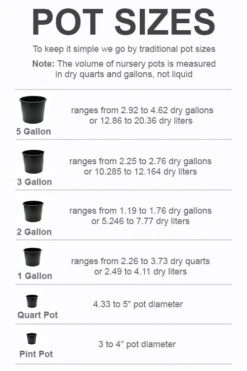

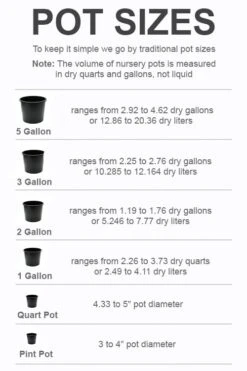

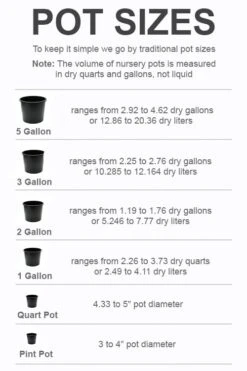
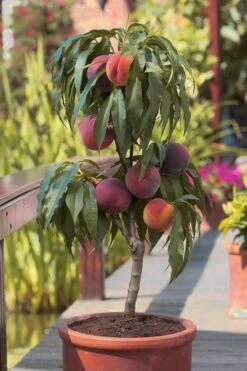
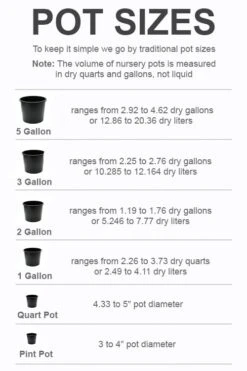


Reviews
There are no reviews yet.